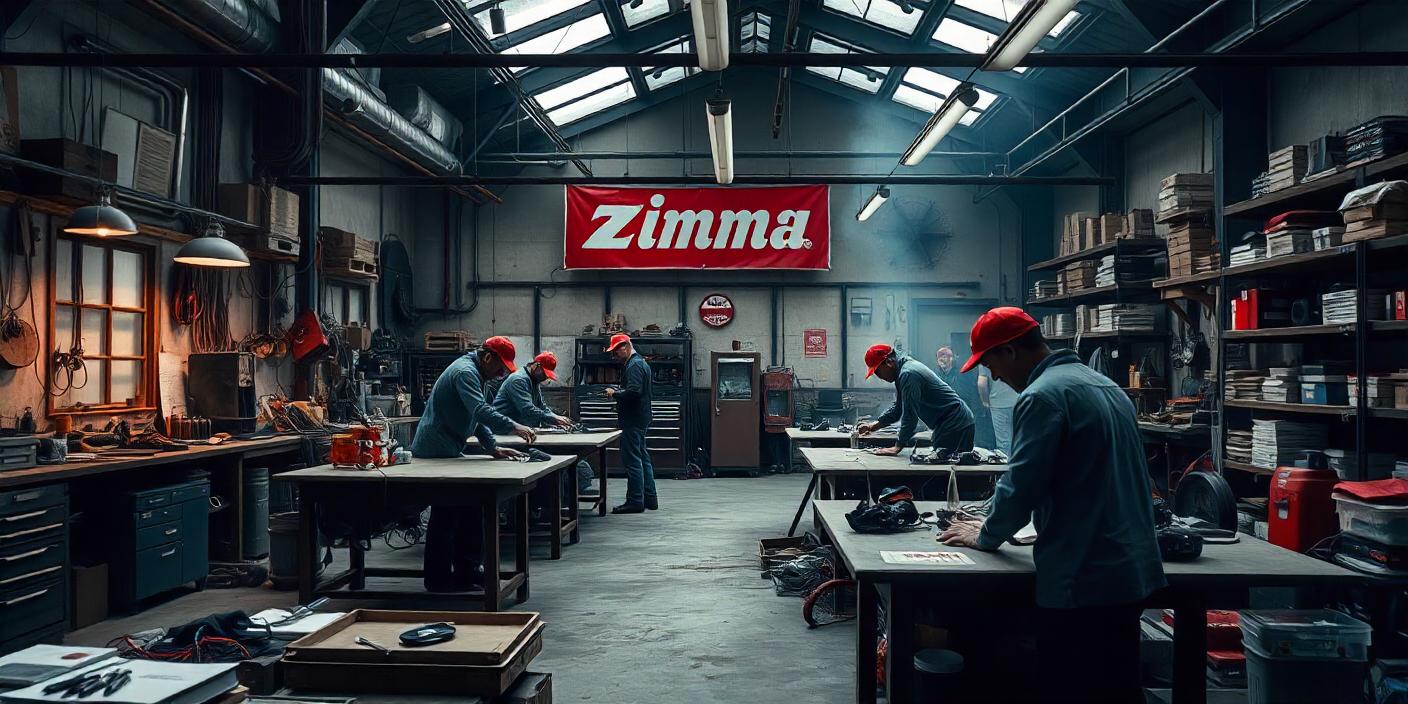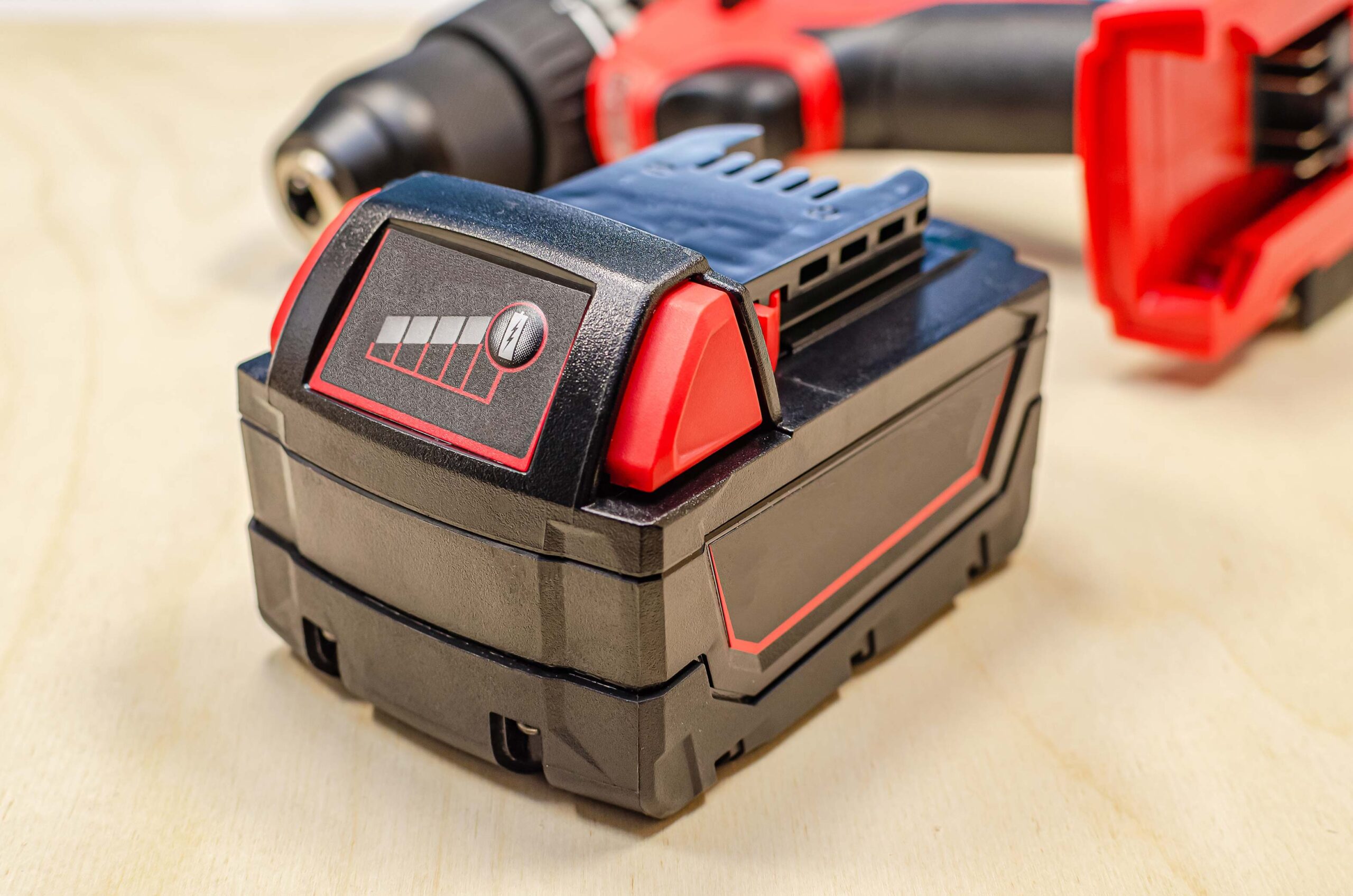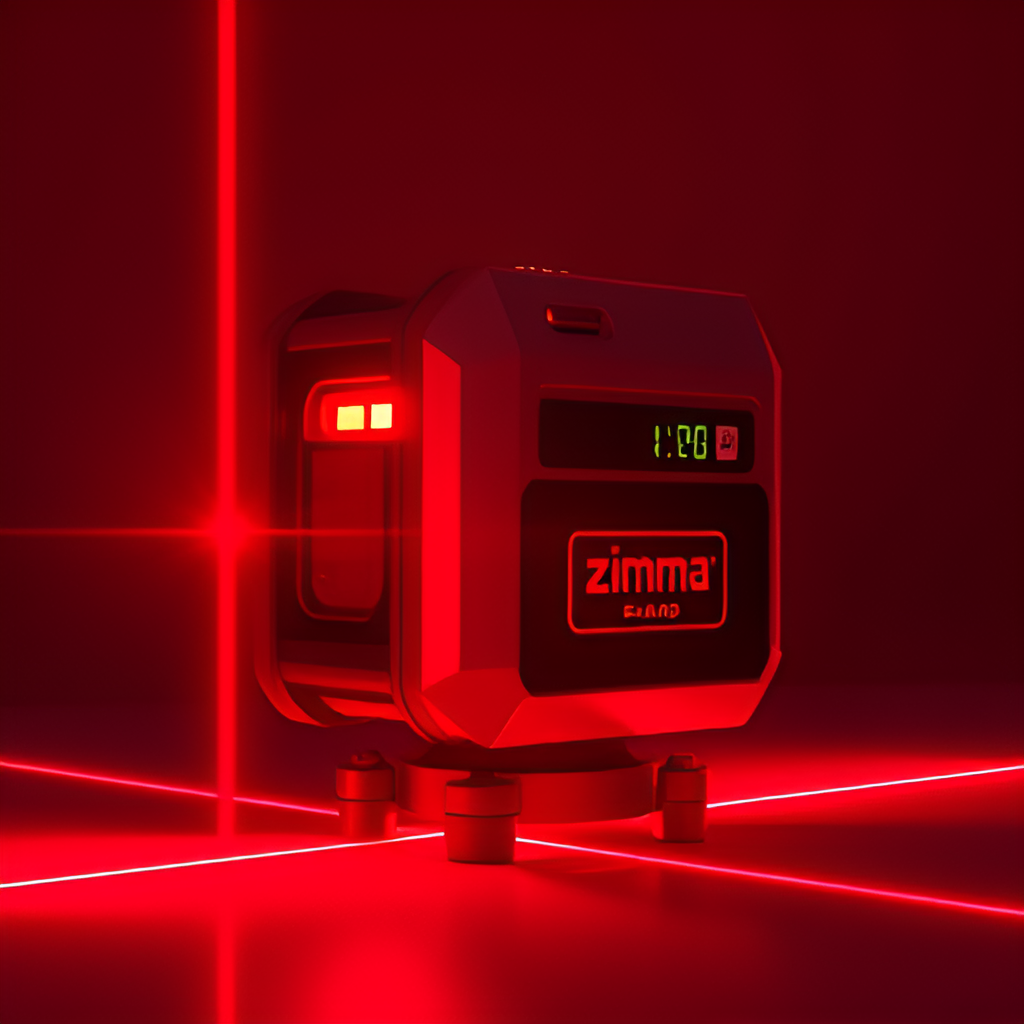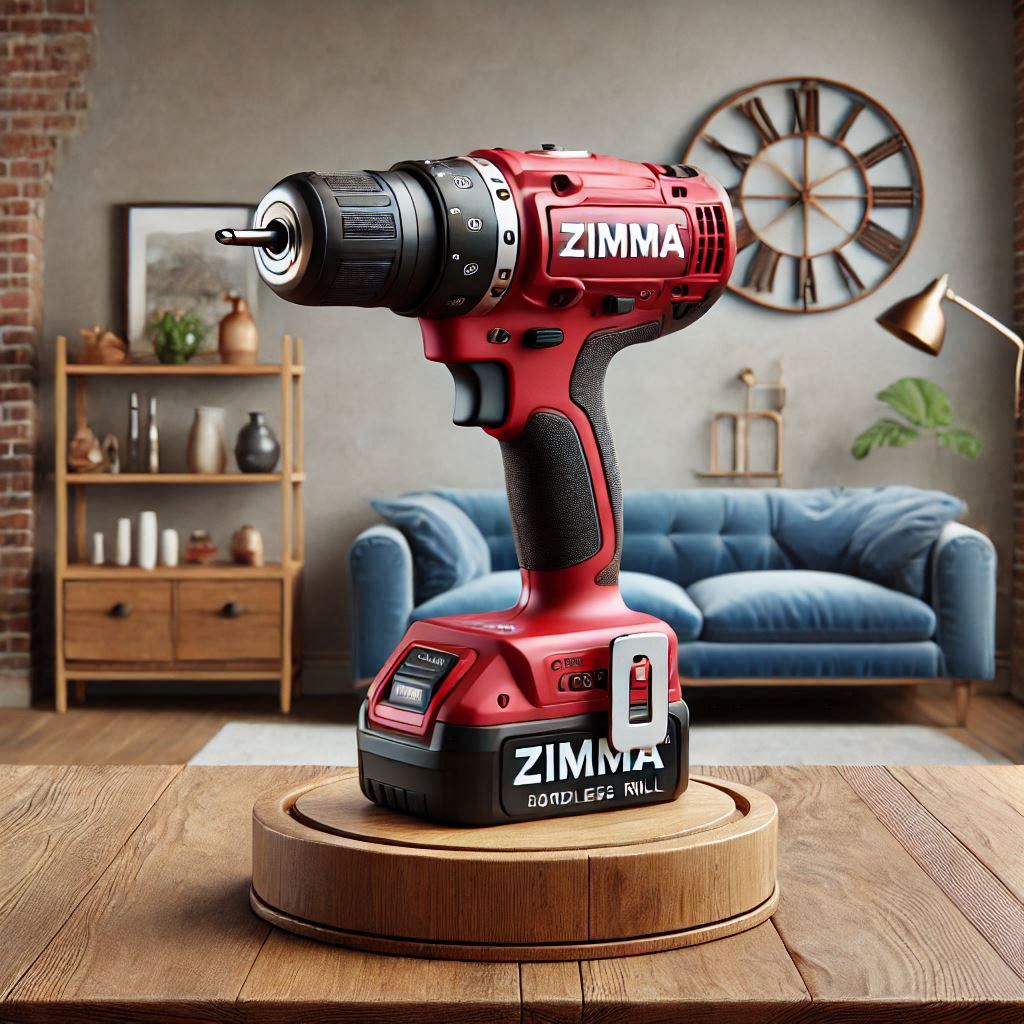
How to Organize Your Workshop for Maximum Efficiency
A well-organized workshop can significantly boost your productivity and make your projects more enjoyable. Here are some essential tips to help you create an efficient workspace tailored to your needs.
1. Plan Your Layout
- Zoning: Divide your workshop into specific zones for different activities (e.g., woodworking, painting, assembly).
- Work Triangle: Arrange your tools and materials in a triangular layout to minimize movement between frequently used areas.
2. Declutter Regularly
- Purge Unused Items: Regularly assess your tools and materials. Donate or sell items you no longer use.
- Clean Workspace: Keep surfaces clear of debris and clutter to maintain focus and safety.
3. Utilize Vertical Space
- Shelving: Install shelves to store tools and materials off the ground. This maximizes floor space and keeps items accessible.
- Pegboards: Use pegboards to hang tools. This not only saves space but also makes it easy to see and reach for what you need.
4. Implement Storage Solutions
- Toolboxes and Organizers: Use toolboxes or organizers for small items like screws, nails, and bits. Label everything for easy identification.
- Drawer Systems: Invest in drawer systems for larger tools and equipment, ensuring they are easily accessible yet out of the way.
5. Create a Dedicated Workspace
- Workbenches: Invest in a sturdy workbench that suits your projects. Ensure it has enough space for your tools and materials.
- Lighting: Good lighting is crucial. Use bright, adjustable lights to illuminate your workspace effectively.
6. Label Everything
- Clear Labels: Label shelves, bins, and drawers to quickly locate items. This saves time and minimizes frustration.
- Color-Coding: Consider color-coding storage solutions for different types of tools or materials for quick identification.
7. Keep Frequently Used Tools Accessible
- Tool Wall: Create a dedicated wall space for frequently used tools. This keeps them within reach and encourages a tidy workspace.
- Mobile Tool Carts: Use mobile carts for tools you often use together. This allows for easy transport around the workshop.
8. Maintain a Safe Environment
- First Aid Kit: Keep a well-stocked first aid kit nearby for emergencies.
- Fire Extinguisher: Ensure you have a fire extinguisher accessible in case of any accidents.
9. Establish a Routine
- End-of-Day Clean-Up: Develop a habit of tidying up at the end of each work session. This keeps your workshop organized and ready for the next project.
- Weekly Maintenance: Schedule regular maintenance checks to ensure tools are in good condition and everything is in its place.
10. Personalize Your Space
- Inspiration Board: Create a board for ideas, plans, or inspiration to keep you motivated.
- Comfort: Add personal touches, like a comfortable chair or music setup, to make your workshop a space you enjoy spending time in.
Conclusion
An organized workshop is key to maximizing efficiency and enhancing your overall experience. By implementing these strategies, you can create a functional and inspiring workspace that makes every project smoother and more enjoyable. Happy organizing!





